Introduction Blog Posts

COMSOL Multiphysics® User Manuals Now Available in Chinese
The Simplified Chinese installation option for COMSOL Multiphysics® now offers access to a number of its installation and introduction manuals in versions that are translated into Chinese.
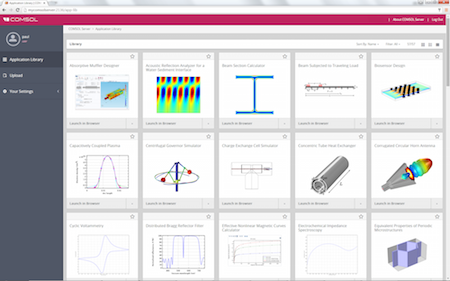
COMSOL Server™ Version 5.2 Supports Faster, Focused Apps
As of version 5.2 of the COMSOL® software, there are major improvements to COMSOL Server™: launch apps much faster and configure the browser to run only one dedicated app.
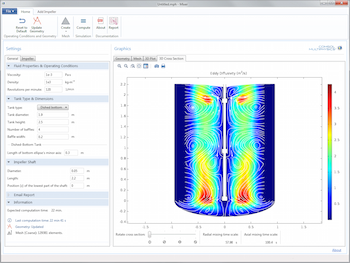
Intro to Optimizing Mixer Design by Creating an App
By building a simulation app to study mixer designs, you can easily test the influence that the vessel, impeller, and operational conditions have on the design’s mixing efficiency.

What to Expect from COMSOL Multiphysics Version 5.1
COMSOL Multiphysics® version 5.1 introduced 20 demo apps and many new features and functionality updates to numerous products. Get an overview of what’s new here.

How to Use COMSOL Multiphysics, a Tutorial Video
New to running simulations in COMSOL Multiphysics®? Get a preview of a step-by-step tutorial video that demonstrates how to set up and solve your first model.
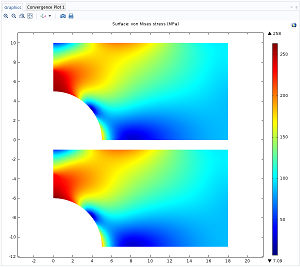
Introducing Nonlinear Elastic Materials
Examples of nonlinear elastic material models: Ramberg-Osgood, Duncan-Chang, Hardin-Drnevich, Power law, and more. We discuss how to apply nonlinear elastic materials in your analyses.
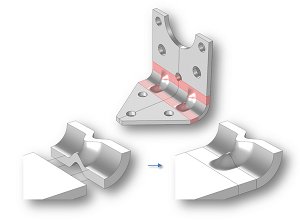
Introducing the Design Module
The Design Module has specialized features for advanced geometry modeling, including the ability to create fillets on 3D designs or generate shell approximations of imported geometric objects.
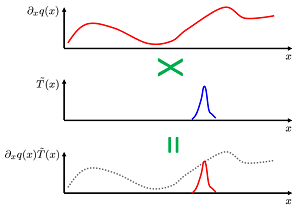
A Brief Introduction to the Weak Form
Whether or not you use finite element analysis and vector calculus in your daily life, you’ll appreciate this introduction to the weak form equations.
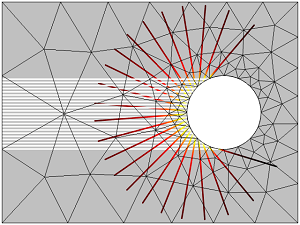
Introducing the Ray Optics Module
COMSOL Multiphysics version 5.0 introduced an add-on module for electromagnetics modeling: the Ray Optics Module. It can be used to perform ray tracing and geometrical optics studies.
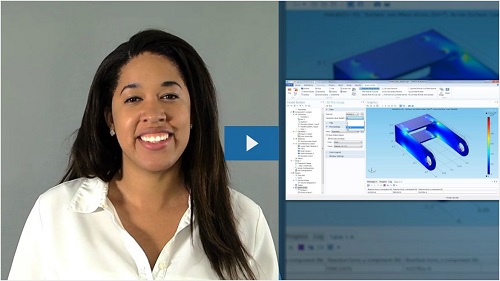
Video Tutorial: Introduction to Modeling Structural Mechanics
Learn the fundamentals of simulating structural mechanics problems in the COMSOL® software: Get a quick overview in this blog post, with an embedded video tutorial included.
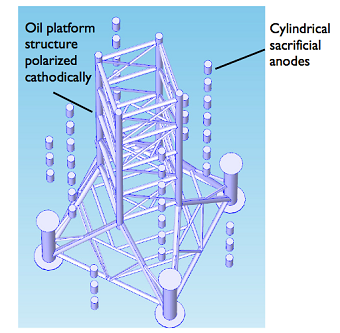
Intro to Corrosion Modeling for the Oil and Gas Industry
From impressed cathodic current and anodic protection to sacrificial anodes, there are several ways you can protect structures from corrosion. We discuss some modeling considerations here.
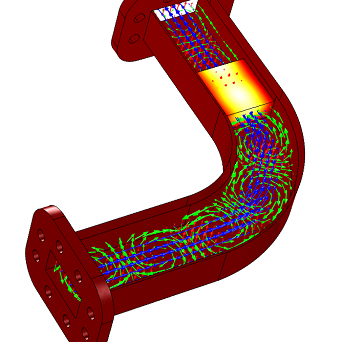
Quick Intro to Modeling RF and Microwave Heating
If you’ve attended a COMSOL webinar about an RF topic, you’ve probably seen our model of a waveguide with a bend. That’s because it illustrates microwave heating in an easy-to-understand way.

Intro Model: Studying the Signal Strength of RF Coils
Electronics designers need to ensure that RF coils contained within their devices can properly transmit information from a source to its destination. Electromagnetics simulation can help.

Intro to the What, Why, and How of Distributed Memory Computing
In a follow-up to our post on shared memory computing, we discuss another building block of hybrid parallel computing: distributed memory computing.

A General Introduction to Chemical Kinetics, Arrhenius Law
Countless complications and pitfalls make chemical simulations challenging. Here, we give an introduction to chemical kinetics and Arrhenius law to help >>

Intro to the What, Why, and How of Shared Memory Computing
A couple of weeks ago, we published the first blog post in a Hybrid Modeling series, about hybrid parallel computing and how it helps COMSOL Multiphysics model faster. Today, we are going to briefly discuss one of the building blocks that make up the hybrid version, namely shared memory computing. Before that, we need to consider what it means that an “application is running in parallel”. You will also learn when and how to use shared memory with COMSOL.
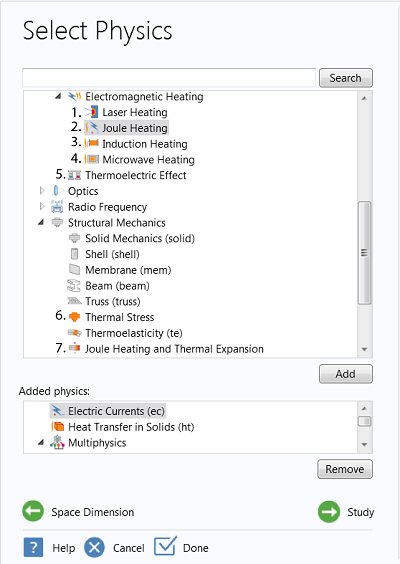
Dedicated Multiphysics Node Introduced in COMSOL 4.4
To make it easier and more transparent to define models involving multiple physics phenomena in COMSOL, a separate Multiphysics node has been added as a new feature in COMSOL version 4.4. The Multiphysics node gives you control over the couplings for thermal stress and electromagnetic thermal effects involved in your models. Future versions will include further multiphysics couplings through the Multiphysics node in addition to the multiphysics couplings methods already available since previous versions.
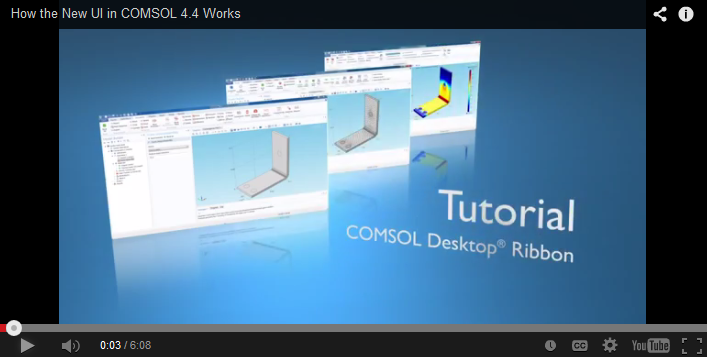
Video Tutorial: Introducing the New User Interface in COMSOL 4.4
Each COMSOL release aims to create a better modeling experience for our users, usually in the form of new add-on modules and new functionality in existing products. COMSOL 4.4 brings you all that, but it also includes another significant change: a brand new user interface (UI). The new UI contains a ribbon at the top of the interface (for our Windows® users) to make your modeling easier and faster. The ribbon gives you direct access to the functions you would […]

Intro to Piezoelectric BAW Resonator Modeling
If you are using a cell phone, GPS, Bluetooth, or WiFi, chances are that they all have BAW resonators working inside them. All wireless electronic equipment use RF filters to help narrow down the frequency range they should operate within. With thousands of devices working within closely-packed radio frequencies, it is becoming increasingly important to design filters that would be able to reduce interference from unwanted frequencies, boost the signal-to-noise ratio, and lower insertion loss. Doing so may lead to […]

Quick Intro to Permanent Magnet Modeling
I’ve written several blog entries involving permanent magnets, in one way or another. Reading those may have raised the question “what about a more simple introduction to permanent magnet simulations?” Fair enough, here’s how to model a permanent magnet and its surrounding magnetic field.
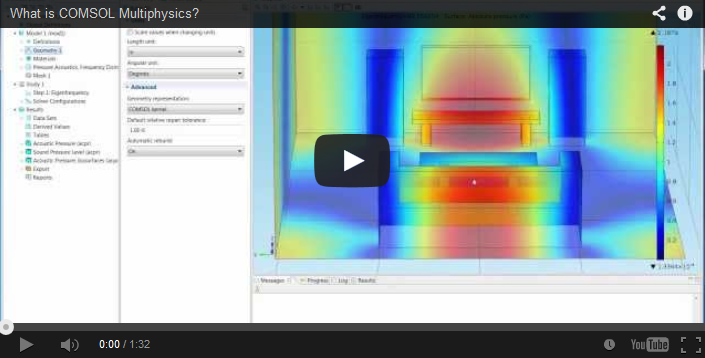
What Is COMSOL Multiphysics?
You may be wondering “What is COMSOL Multiphysics?” In short, COMSOL Multiphysics is a comprehensive simulation software environment for a wide array of applications, but structured and user-friendly for all to use. The best way to answer the question of what our software can do is to show you. This is why we have created a video that gives you a brief overview of the capabilities you can possess with the software in your hands.

Introduction to COMSOL Multiphysics, a Book to Get you Started
What does it take to get started using COMSOL Multiphysics? Of course, it depends on where you set the bar. However, grasping the workflow and handling the basic tools can be relatively easy to pick up. To make this process even smoother, first-time users will benefit from the recent major update of the COMSOL Multiphysics instruction manual. The book, Introduction to COMSOL Multiphysics, is a valuable tool for learning COMSOL simulation software and the new version is now available for […]
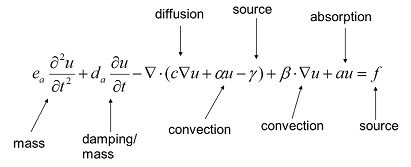
Multiphysics versus FEA
In a popular post from last year, I discussed accessing and manipulating the underlying equations in COMSOL. This blog post instigated reader comments, and most of the respondents appreciated, or even required, the ability to look at the mathematical model (i.e., equations) behind the physics. While considering this, I realized that there is more to the story, and with a little perspective, the community could benefit from further discussion.
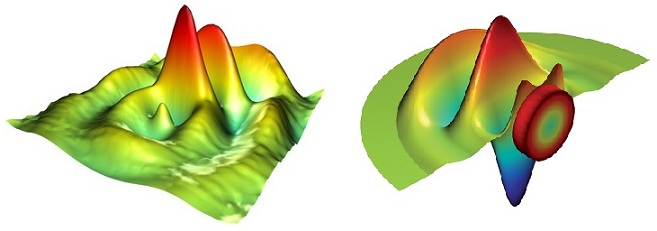
Multiphysics Makes Single-Physics Simulations Better
Coupled physics phenomena (like electrical heating, fluid structure interaction, and conjugate heat transfer) demand multiphysics, which I’ve written about previously in “What is Multiphysics?”. But what if you just have a simple analysis to do — one that has been simplified to the point where only a “single physics” (to coin a term) is considered? What benefits does multiphysics have for this?
